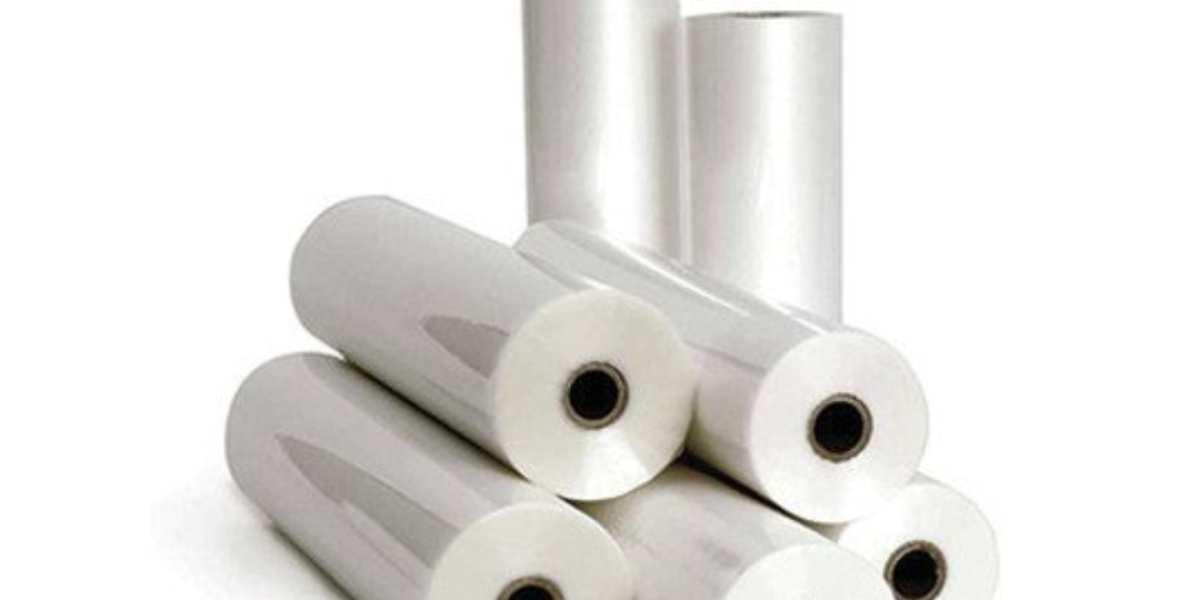Introduction to LDPE Film
Low-Density Polyethylene (LDPE) film stands as one of the most versatile materials in the packaging industry, celebrated for its unique characteristics and diverse applications. Created through the polymerization of ethylene gas, LDPE film features a highly branched molecular structure that results in lower density compared to other polyethylene varieties. This structural trait gives LDPE its flexibility, toughness, and transparency, making it ideal for various uses in multiple sectors, including food packaging, pharmaceutical products, and consumer goods. Particularly noteworthy is the Mahira Polyglobal LLP, a variant of LDPE widely utilized for customized packaging solutions.
Properties and Benefits of LDPE Films
The advantages of LDPE shrink film extend beyond mere flexibility and durability. The material exhibits excellent moisture resistance, making it suitable for applications where product integrity is paramount. Its ability to form a tight seal around items when heat is applied is particularly beneficial in preserving freshness in food products and providing an additional layer of protection to fragile items. Moreover, the lightweight nature of LDPE contributes to lower shipping costs, an attractive aspect for businesses focusing on operational efficiency. Additionally, LDPE films can be produced in various thicknesses, ensuring that specific packaging requirements are met according to the item being wrapped.
Diverse Applications of LDPE Film
LDPE film finds its application across a spectrum of industries. In the food sector, it is extensively employed for packaging perishable items, including fruits, vegetables, and baked goods. The flexibility of LDPE shrink film allows it to conform to various shapes, ensuring that products are securely packaged. The pharmaceutical industry also relies heavily on Shrink film manufacturers for packaging medicines and other health-related products, where safety and moisture resistance are crucial. Furthermore, LDPE plays a significant role in the textile industry, where it wraps garments and other fabric products to prevent damage during transit. Its adaptability ensures that LDPE film remains a staple choice for manufacturers across industries.
The Manufacturing Process of LDPE Film
Understanding how LDPE film is produced allows us to appreciate its unique properties and benefits. The manufacturing process starts with the polymerization of ethylene gas, typically under high pressure in a process called radical polymerization. This method creates a polymer with a high degree of branching, resulting in the distinctive characteristics of LDPE. The produced pellets are then melted and formed into films through either a blown film or cast film process. The casting process enables precise control over the film’s thickness and clarity, while the blown film process provides enhanced strength and flexibility. Once produced, the film can be further processed into shrink film rolls that can be customized in terms of size, thickness, and additional features such as UV resistance.
Leading LDPE Shrink Film Manufacturers
The market for Shrink film roll is filled with numerous manufacturers that cater to diverse packaging needs. Some of the key players in the industry include companies like Amcor, Sealed Air, and Berry Global, which are well-regarded for their high-quality products and innovative approaches to packaging solutions. Additionally, many smaller and specialized producers focus on niche markets, developing customized solutions tailored to specific needs. These manufacturers invest in research and development to enhance their offerings, such as adopting more sustainable practices and incorporating advanced technology into their production processes. This competitive landscape fosters innovation, ultimately benefiting consumers and businesses alike.
Environmental Considerations and Sustainability
As the demand for packaging materials grows, so too does the scrutiny surrounding their environmental impact. LDPE shrink film and similar plastics have faced criticism due to their non-biodegradable nature. However, there are positive developments in the industry regarding sustainability. Many LDPE shrink film manufacturers are exploring eco-friendlier alternatives, such as biodegradable films made from renewable resources, which offer similar benefits while being less harmful to the environment. Moreover, initiatives like recycling programs aimed at collecting and reprocessing used LDPE films are gaining traction, helping to mitigate plastic waste. The industry’s shift towards sustainable practices is crucial in addressing consumer concerns and supporting long-term environmental goals.
Conclusion: The Future of LDPE Film in Packaging
In summary, Shrink film in India remains an integral part of the packaging landscape, providing numerous advantages across various industries. The unique properties of LDPE shrink film, including its flexibility, durability, and moisture resistance, make it ideal for a myriad of applications, ranging from food packaging to pharmaceuticals. While challenges related to environmental sustainability persist, ongoing innovations and initiatives aimed at developing biodegradable and recyclable alternatives are promising. As the industry transitions toward more eco-friendly practices, LDPE film manufacturers are likely to play a pivotal role in shaping the future of packaging. Ultimately, the continued demand for efficient and reliable packaging solutions ensures that LDPE film will maintain its relevance for years to come.
Frequently Asked Questions
1. What distinguishes LDPE film from other types of polyethylene films?
LDPE film is characterized by its high degree of branching in the polymer structure, which grants it unique properties like flexibility and durability. In contrast, other polyethylene films, such as High-Density Polyethylene (HDPE), have a more linear structure, resulting in different characteristics, including increased tensile strength and resistance to impact.
2. How does LDPE shrink film maintain product freshness?
LDPE shrink film creates a tight seal around products when heat is applied. This seal prevents exposure to environmental factors such as moisture, oxygen, and pollutants, which helps maintain product freshness, particularly in food packaging.
3. Are there any health concerns associated with using LDPE film for food packaging?
When used correctly, LDPE shrink film is considered safe for food contact. It is compliant with various regulations set by food safety authorities. However, businesses should always use films that are specifically designed and approved for direct contact with food to ensure safety.
4. What are the best practices for recycling LDPE film?
To recycle LDPE film, consumers should check for local recycling programs that accept plastic films. It’s advisable to clean the film of any residues and store it in designated recycling bins. Additionally, many retailers have collection points for recycling plastic bags and wraps, making it easier for consumers to participate in recycling efforts.












